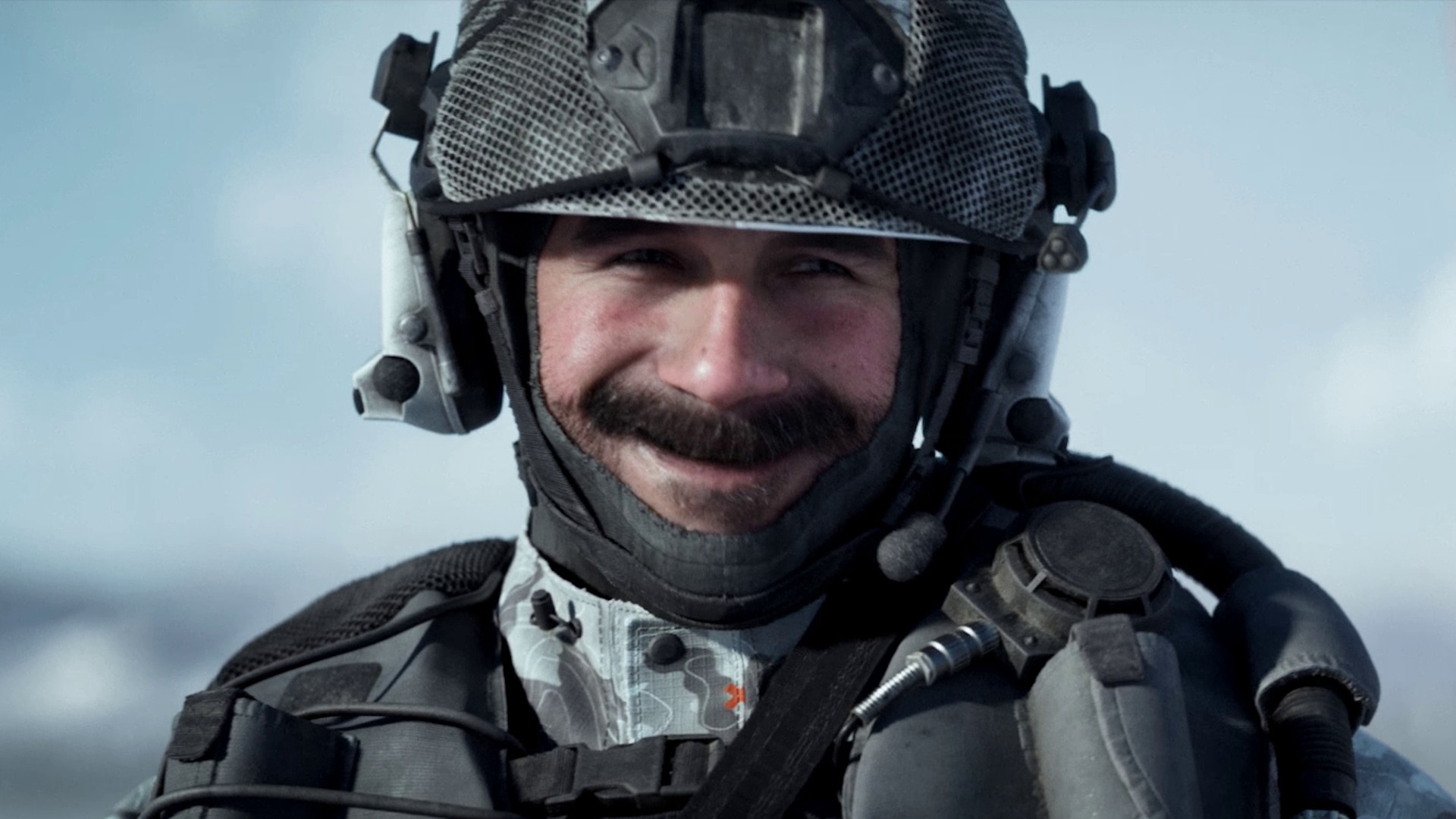Activision's donation to the AI race is a 'first-of-its-kind' open-sourced Call of Duty map

"There were previously no replica production data of this size and scale."
Activision has announced that a data set of one of Call of Duty: Warzone's biggest and most complex maps, Caldera, is now available for non-commercial use. The hope is that it can help progress research in environmental geometry and AI learning.
Activision is calling this a "first-of-its-kind data set release for Call of Duty." In a blog post, the company explains that the open-source Caldera map release contains "near complete geometry of Caldera as well as a collection of randomly selected anonymised time samples showing how players move around the map."
The geometry data uploaded to GitHub is 4GB and includes five million meshes, 28 million primitives, and over one billion point instances, which mostly represent scene metadata, such as volumes that Activision uses for lightning processing. "The Call of Duty Data Set featuring Caldera represents an extensive, in terms of world-size, scene-graph depth, and geometric complexity, production-quality map used for multiplayer games in Call of Duty: Warzone," Senior technical director Michael Vance says.
While the open-source data set can't be used for commercial purposes, it'll still be helpful for academic research and training AI. " We at Activision believe that it’s important for the gaming industry to foster growth and innovation within the industry, evolve authoring tools, and provide excellent data for AI training and the evolution of content generation techniques," Activision's CTO Natalya Tatarchuk says in the blog post. "We believe that this data set provides a unique benefit for these goals."
Caldera is really one of the most useful options for this idea because it's so big—there's a lot packed into it. There are a number of smaller multiplayer maps inside as well as in-game character pathing and time samples which demonstrate player behaviour. "For instance, one of the sets shows the paths players take throughout a match," Vance says. "While we have not included specific visualisations of these, the data is easily accessible, allowing different ways to explore and visualise them."
But this move isn't just done out of the goodness of Activision's heart—it'll also benefit the studio. "Our game environments are already enormously complex; we feel a constant need to improve the play experience and deliver even more richness and detail," Vance explains. "Innovations that come from this data set release could give more freedom and flexibility for our content teams to find the most engaging scenarios for our players."
This isn't the only calculated risk Activision has taken recently. Earlier this week, the studio secretly experimented with 50% of Call of Duty players by lowering skill-based matchmaking to see if people actually noticed a difference and preferred it. The end result was a 25-page report indicating that players do tend to have a worse time when there's less SBMM—who would've guessed?
